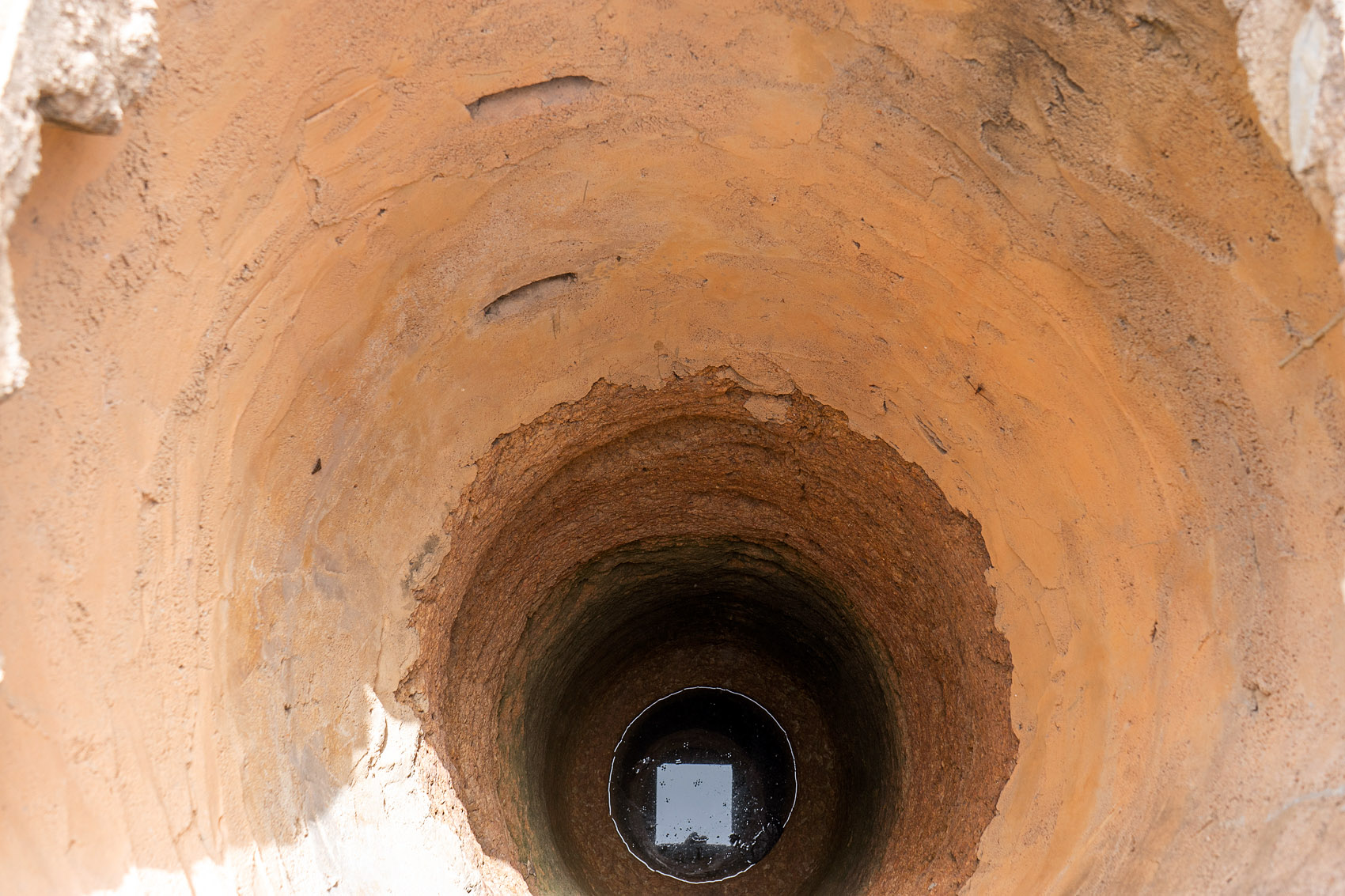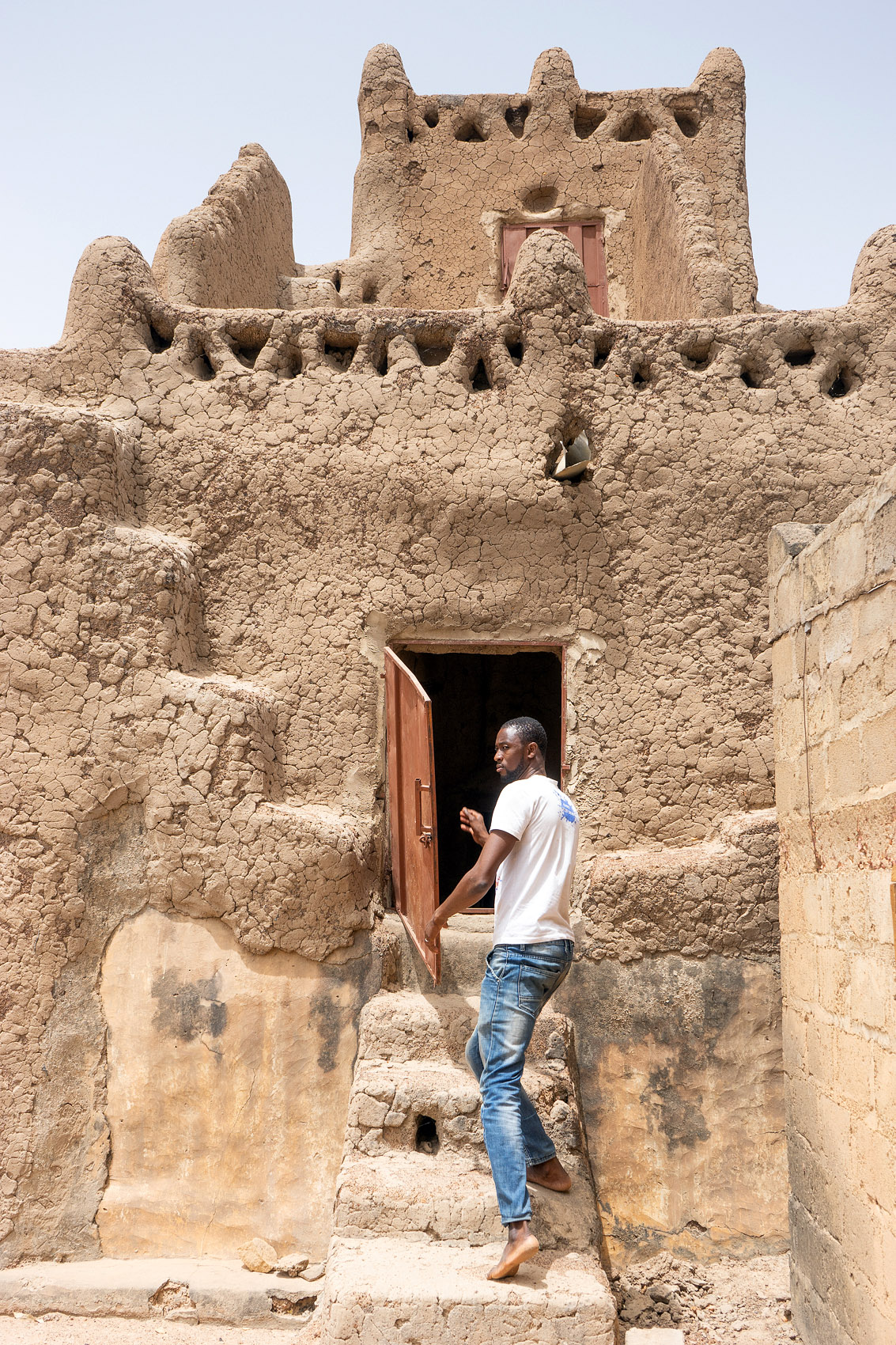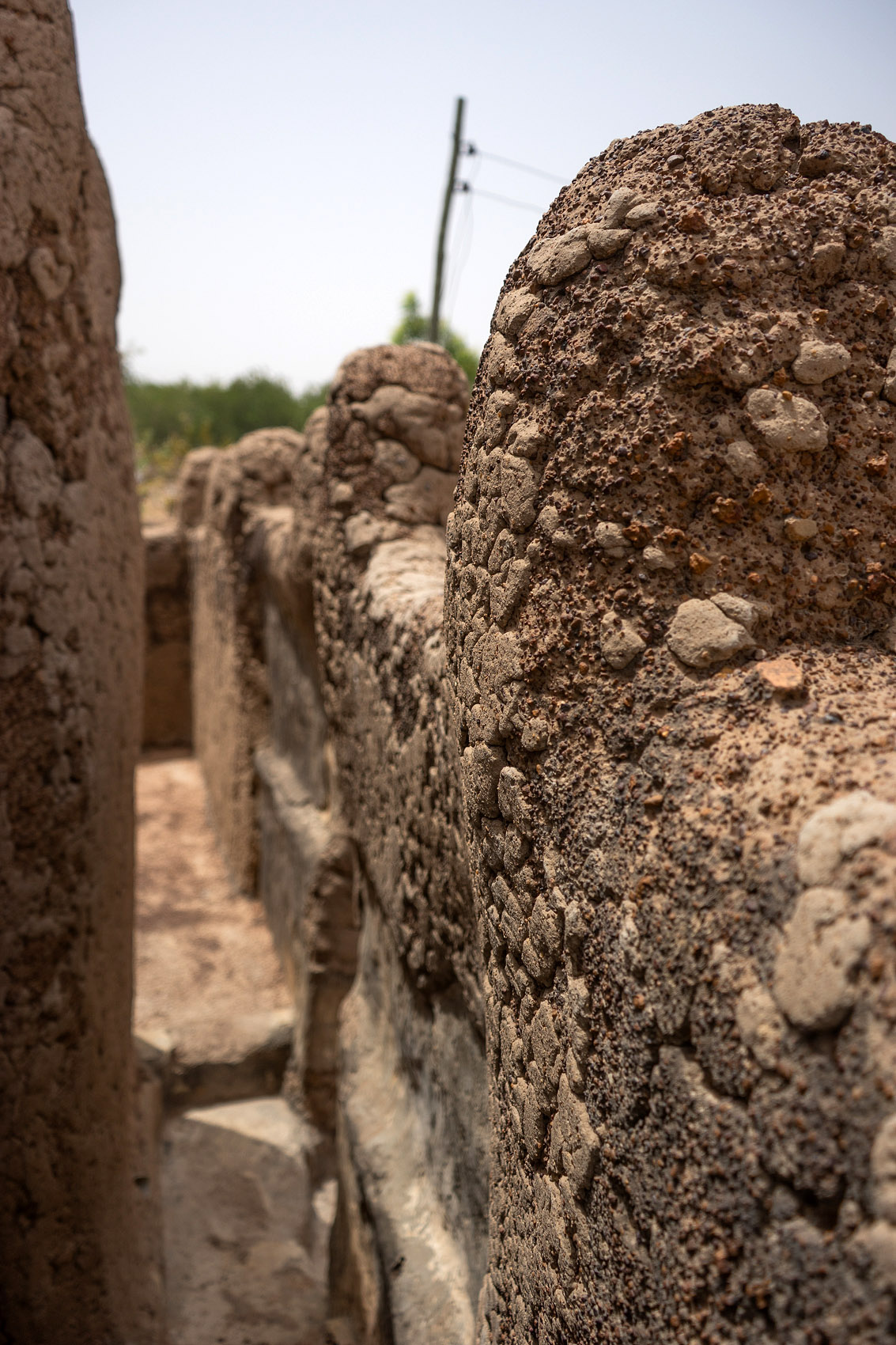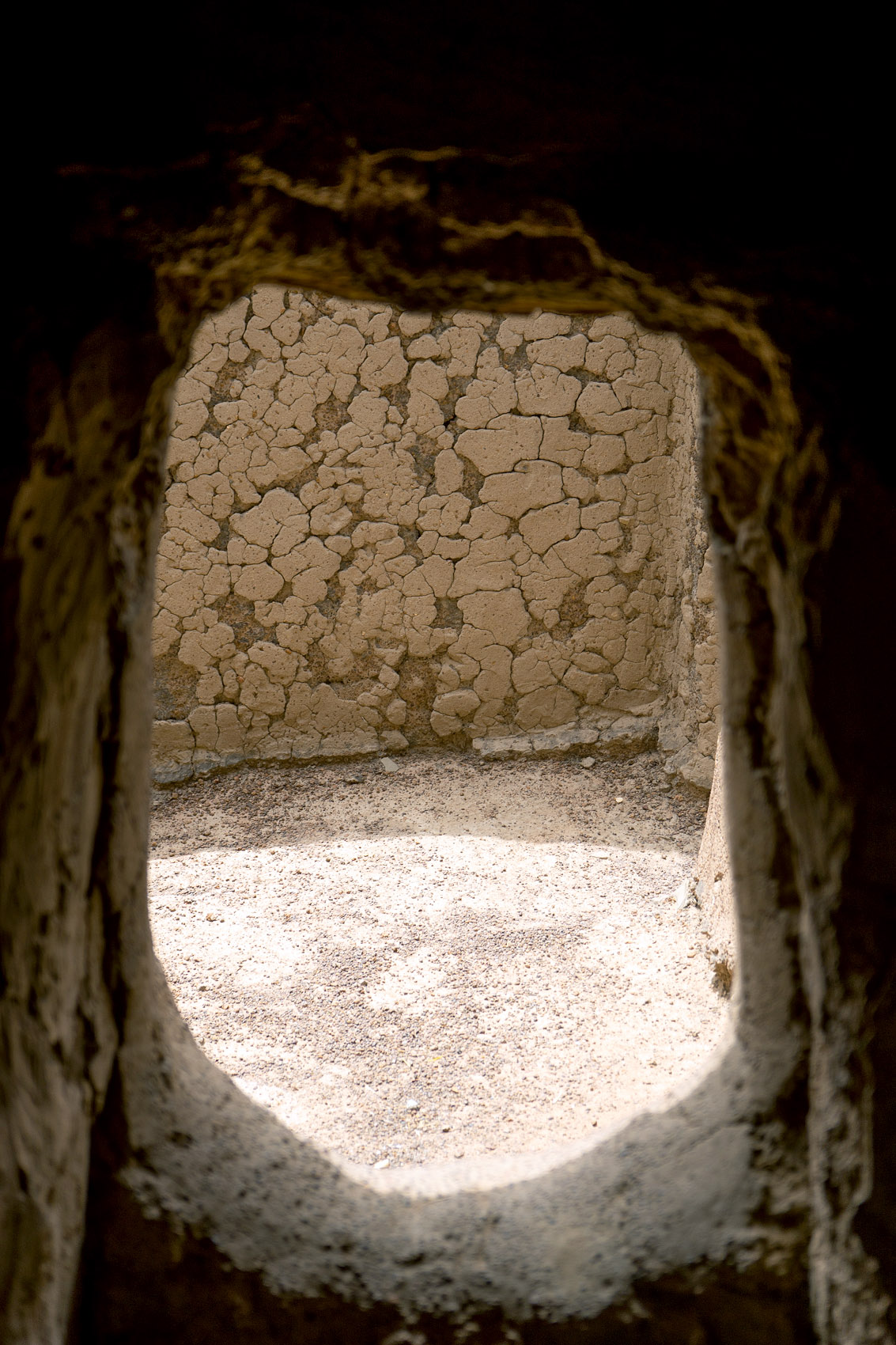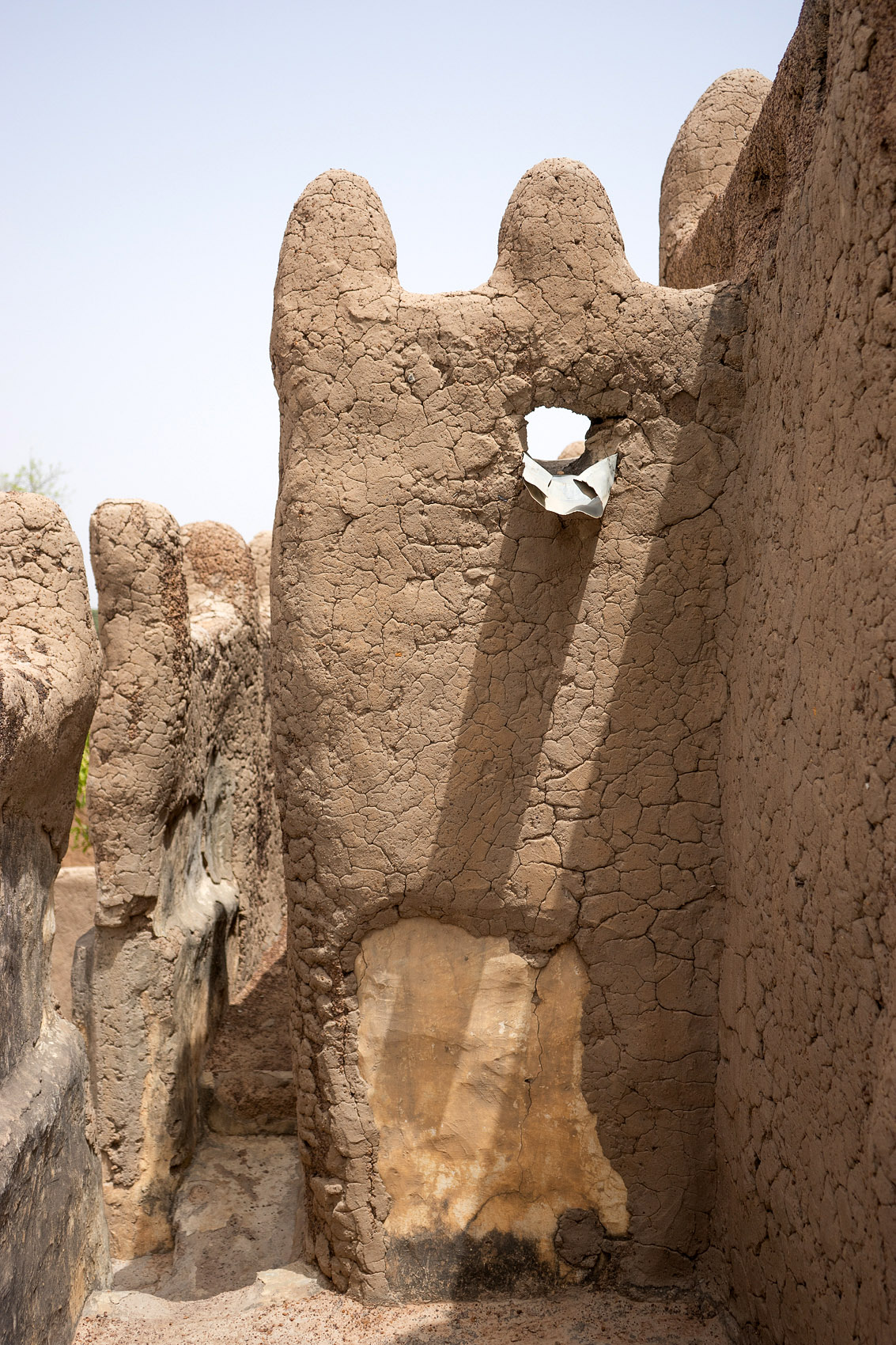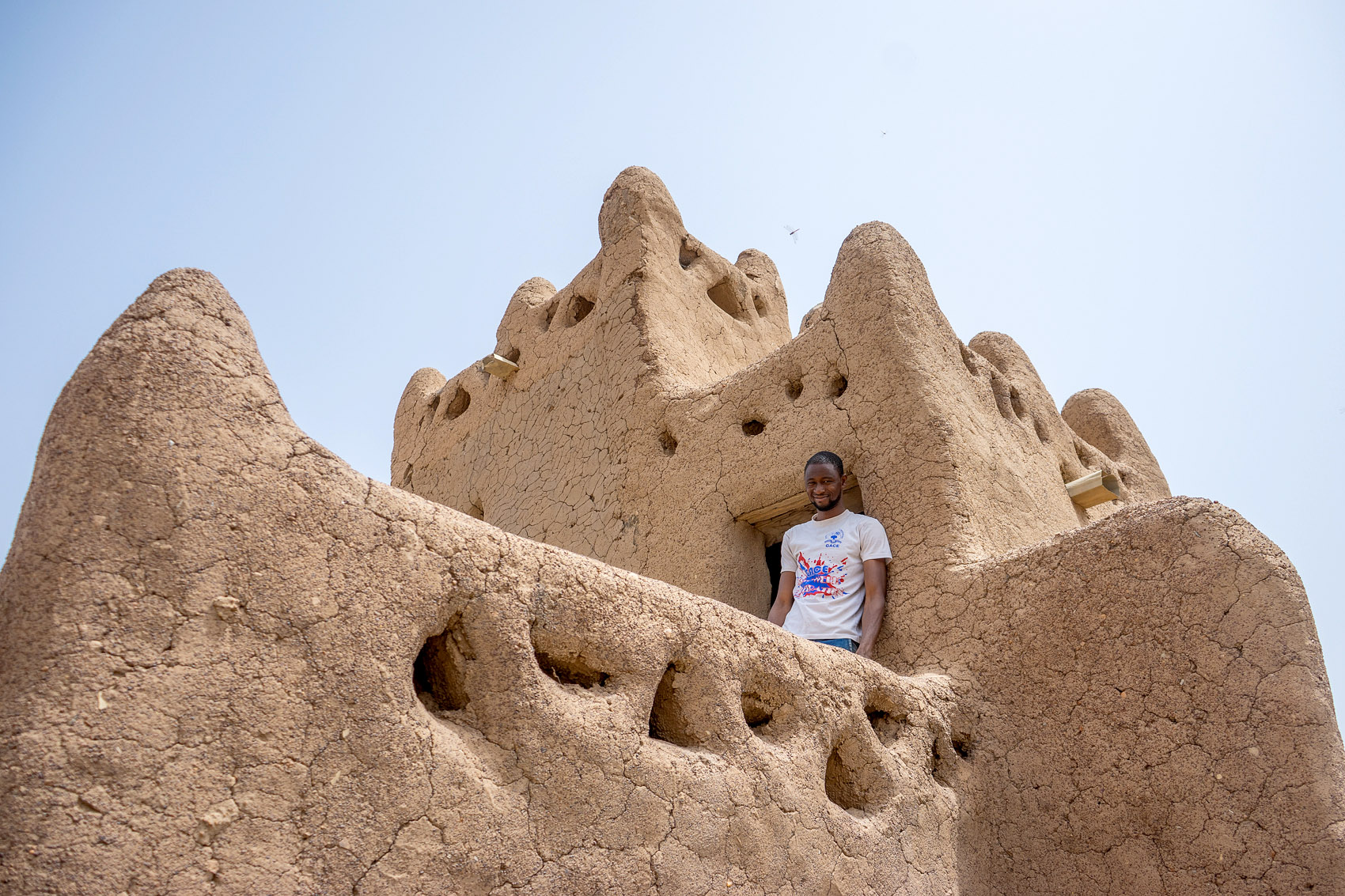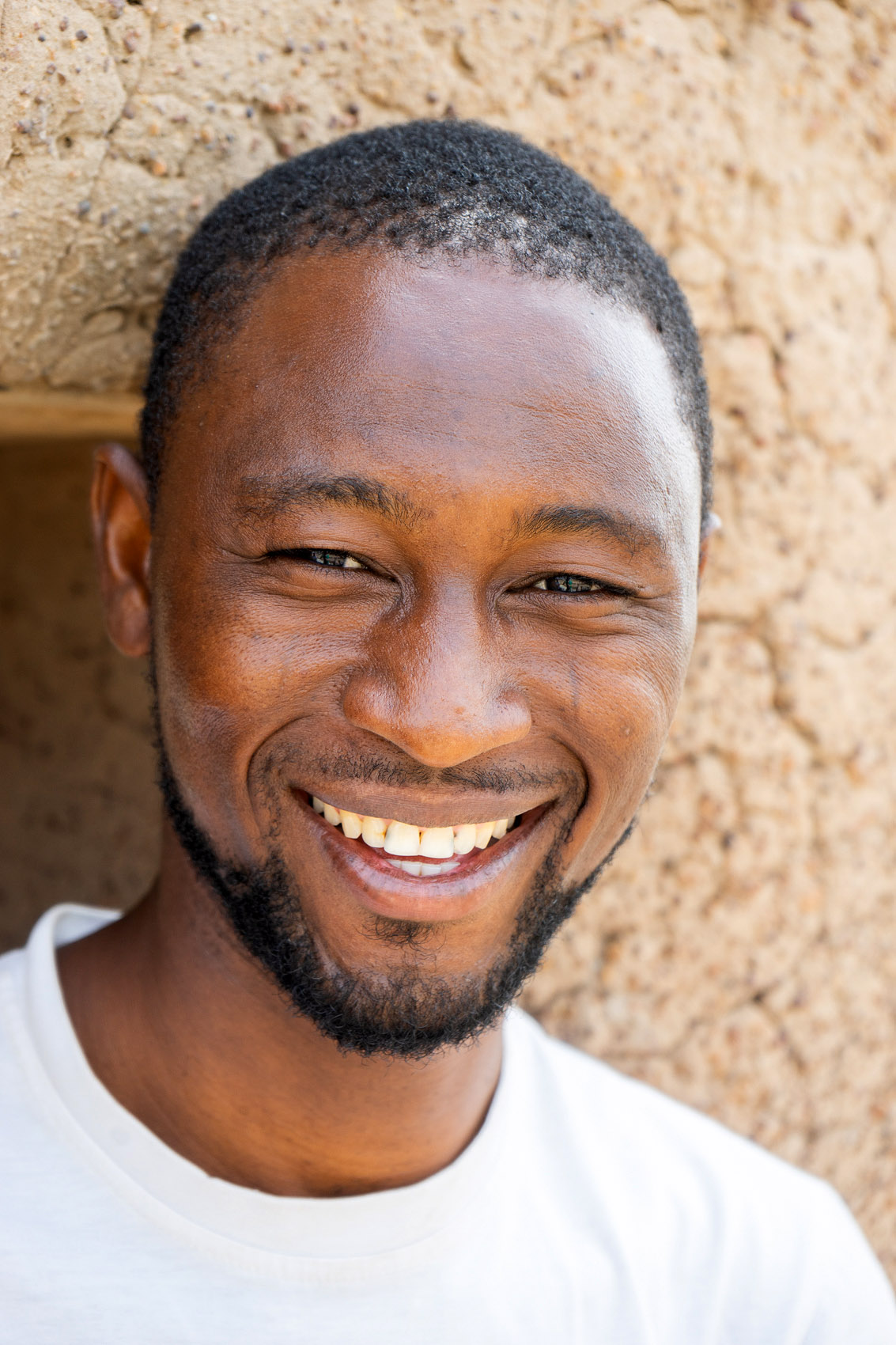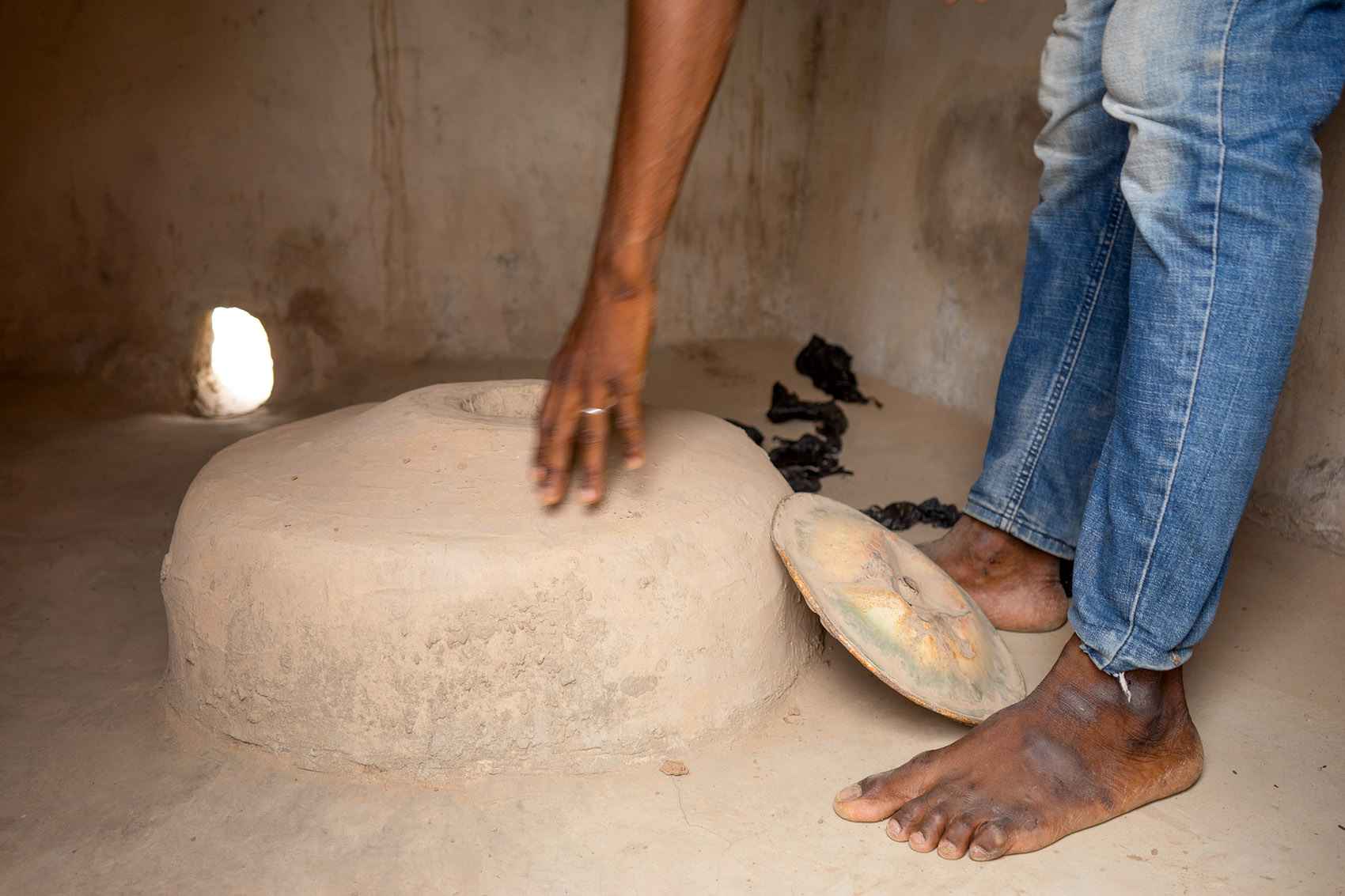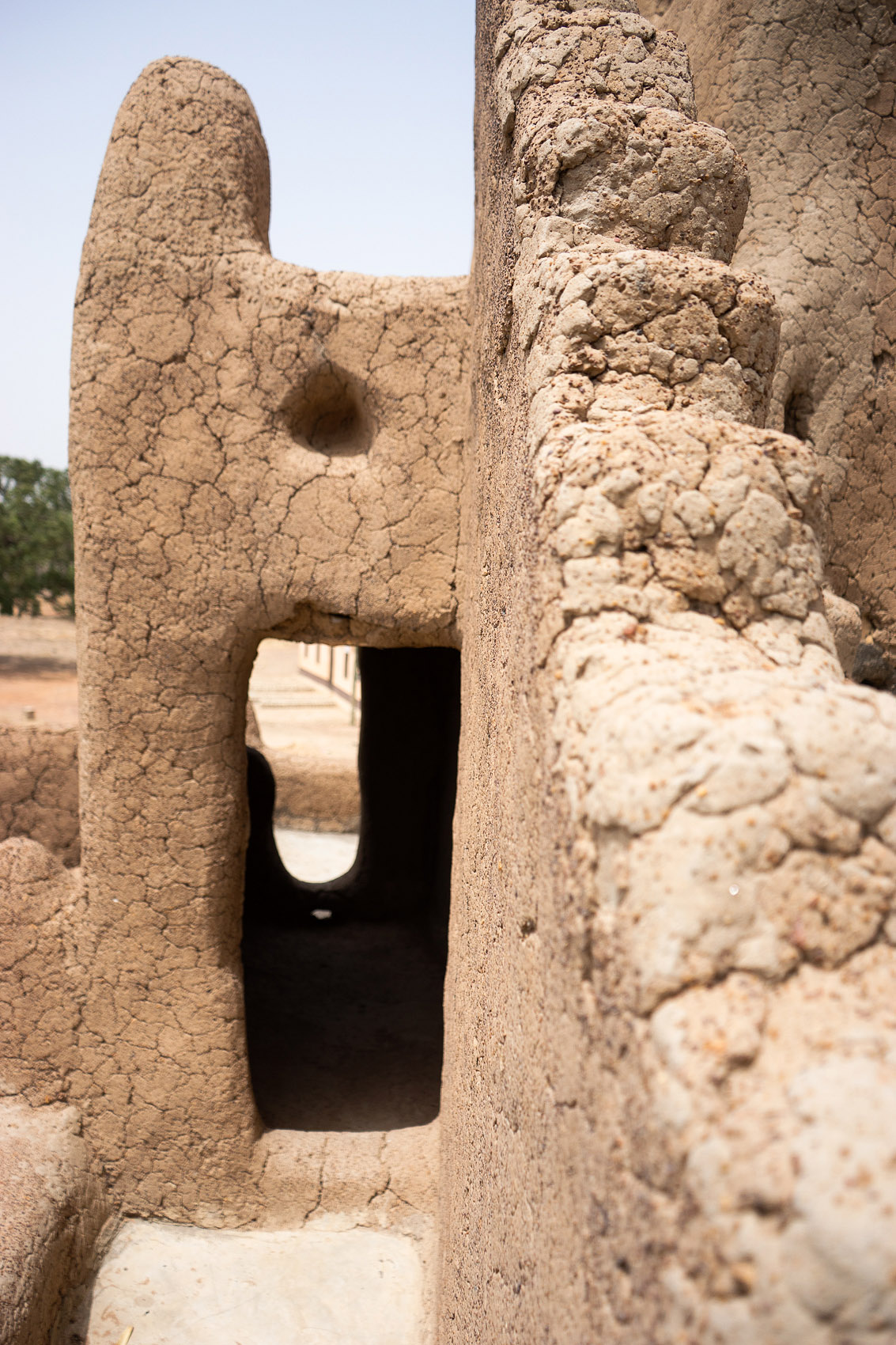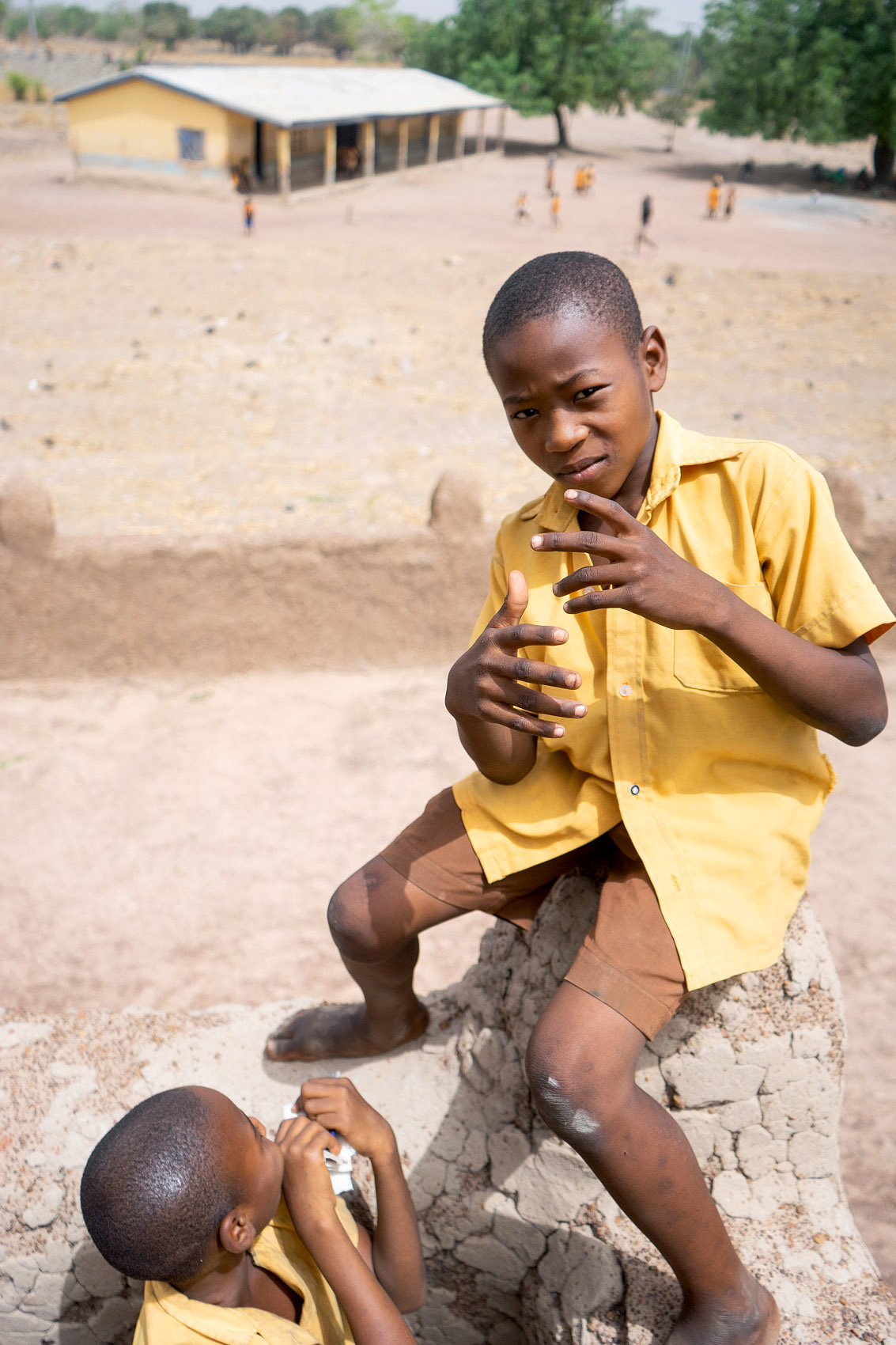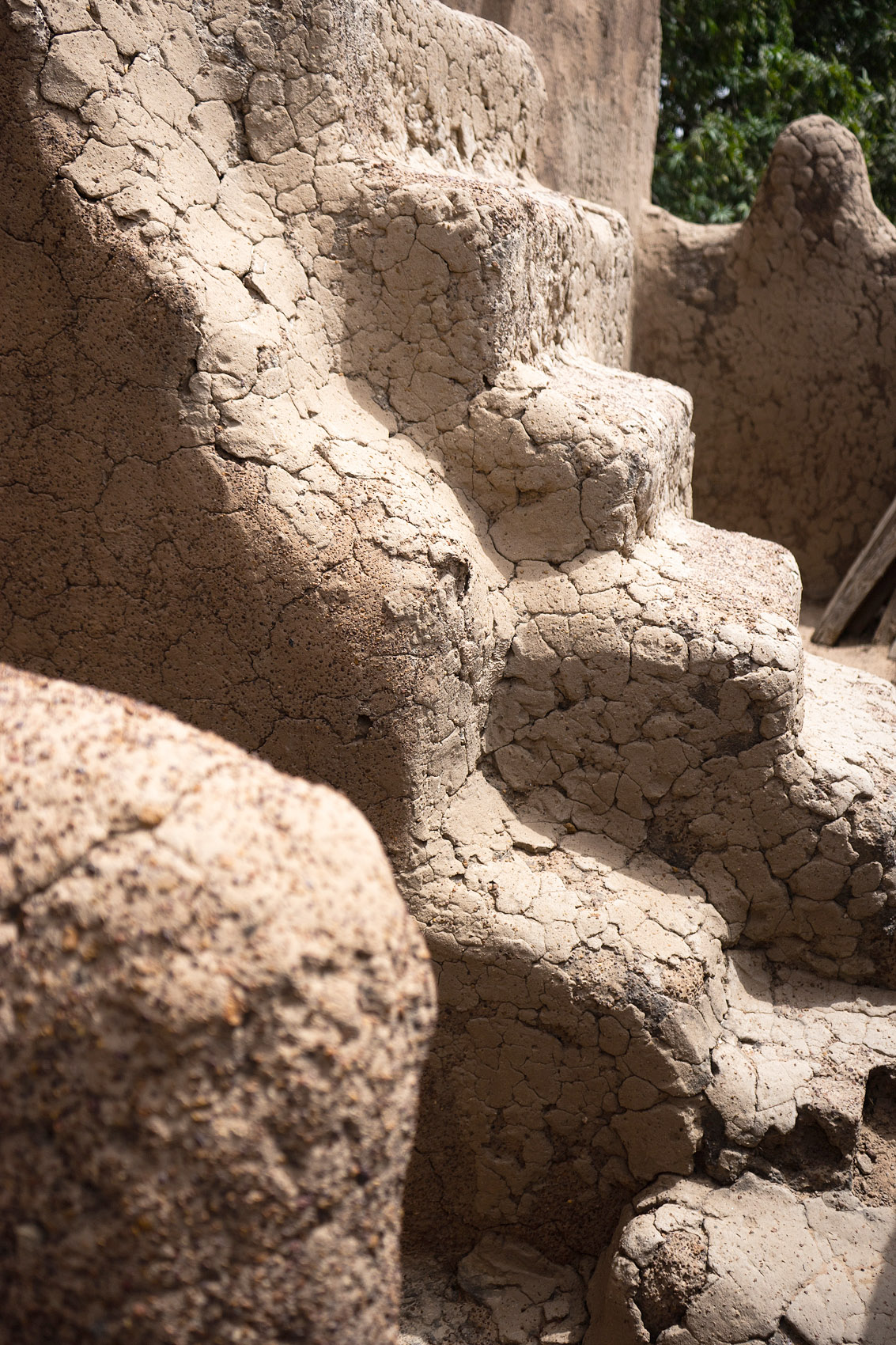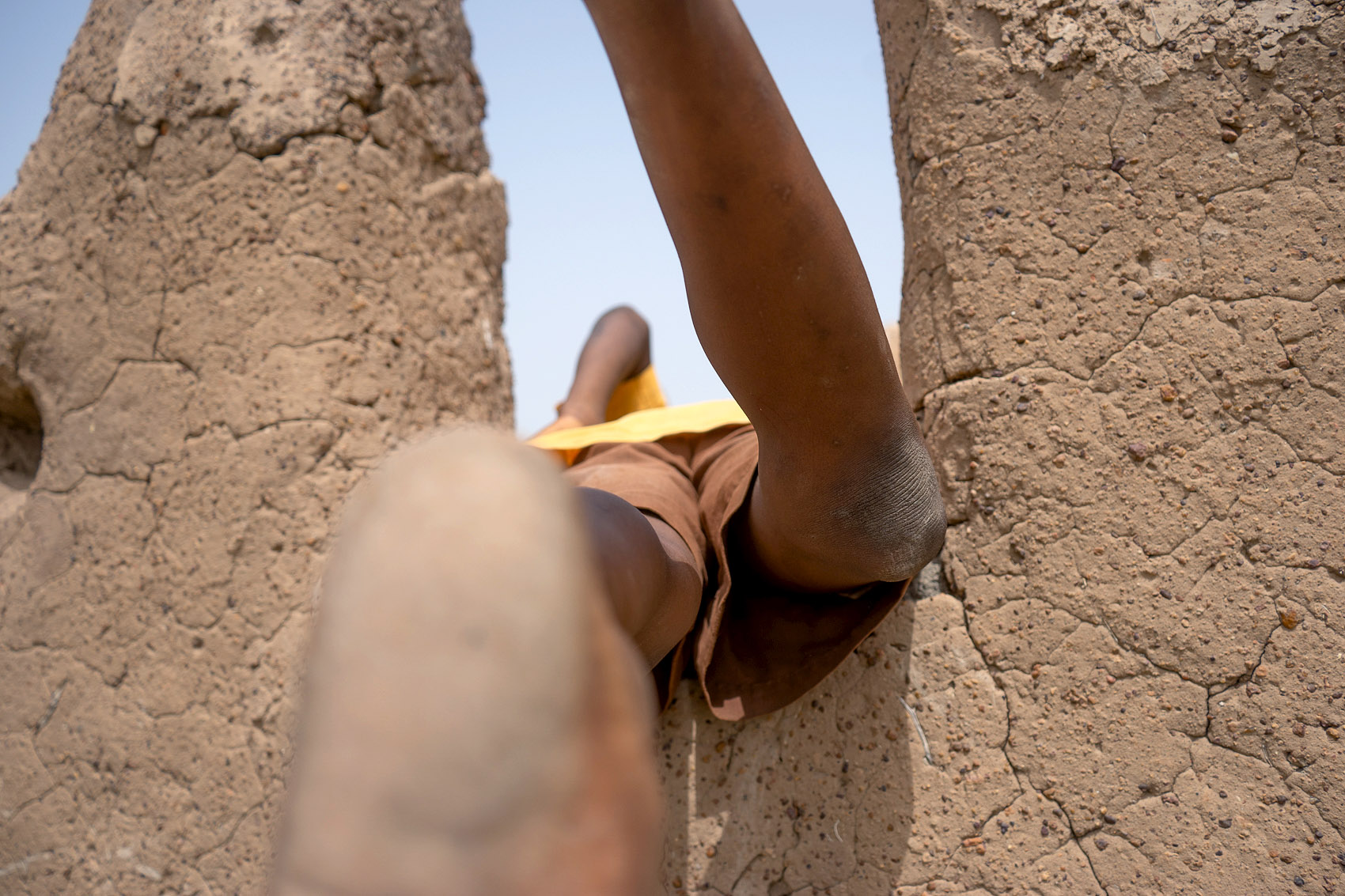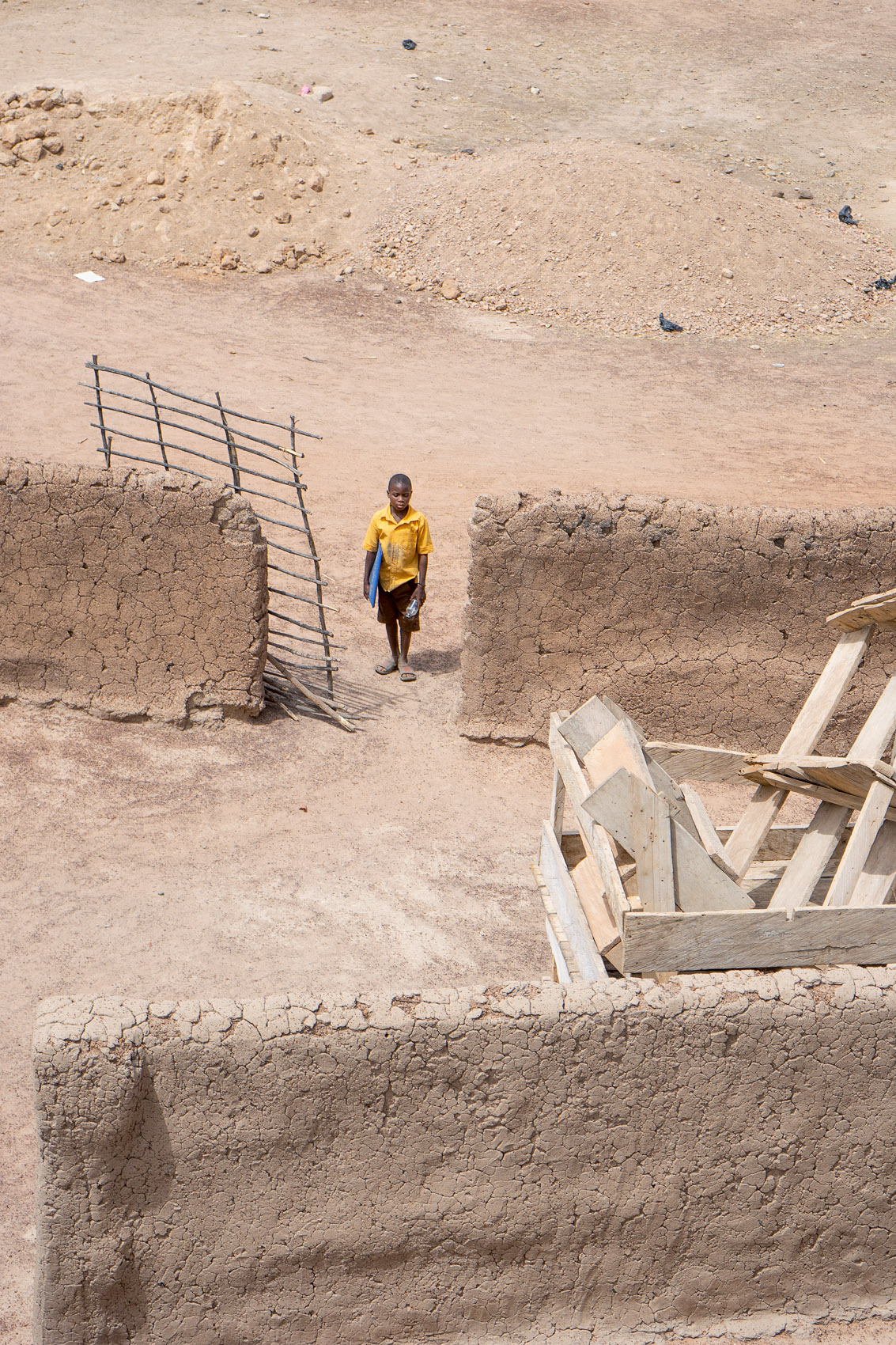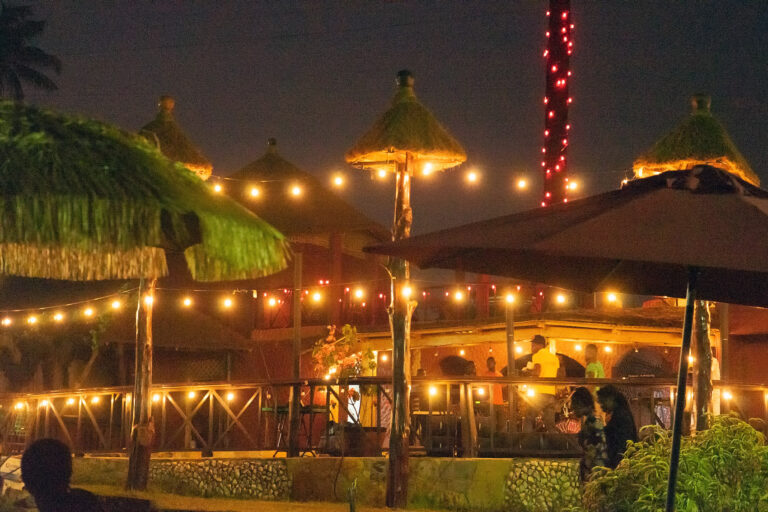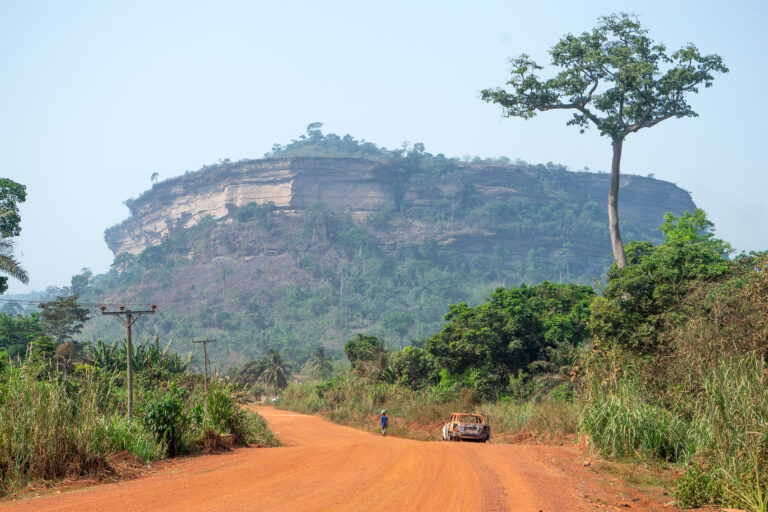Wulugu Mud House
On our way north from Tamale to Bolga, we made a pit stop in Wulugu, a tiny and unremarkable town which is concealing one fascinating site: a bizarre, ancient house made of mud.
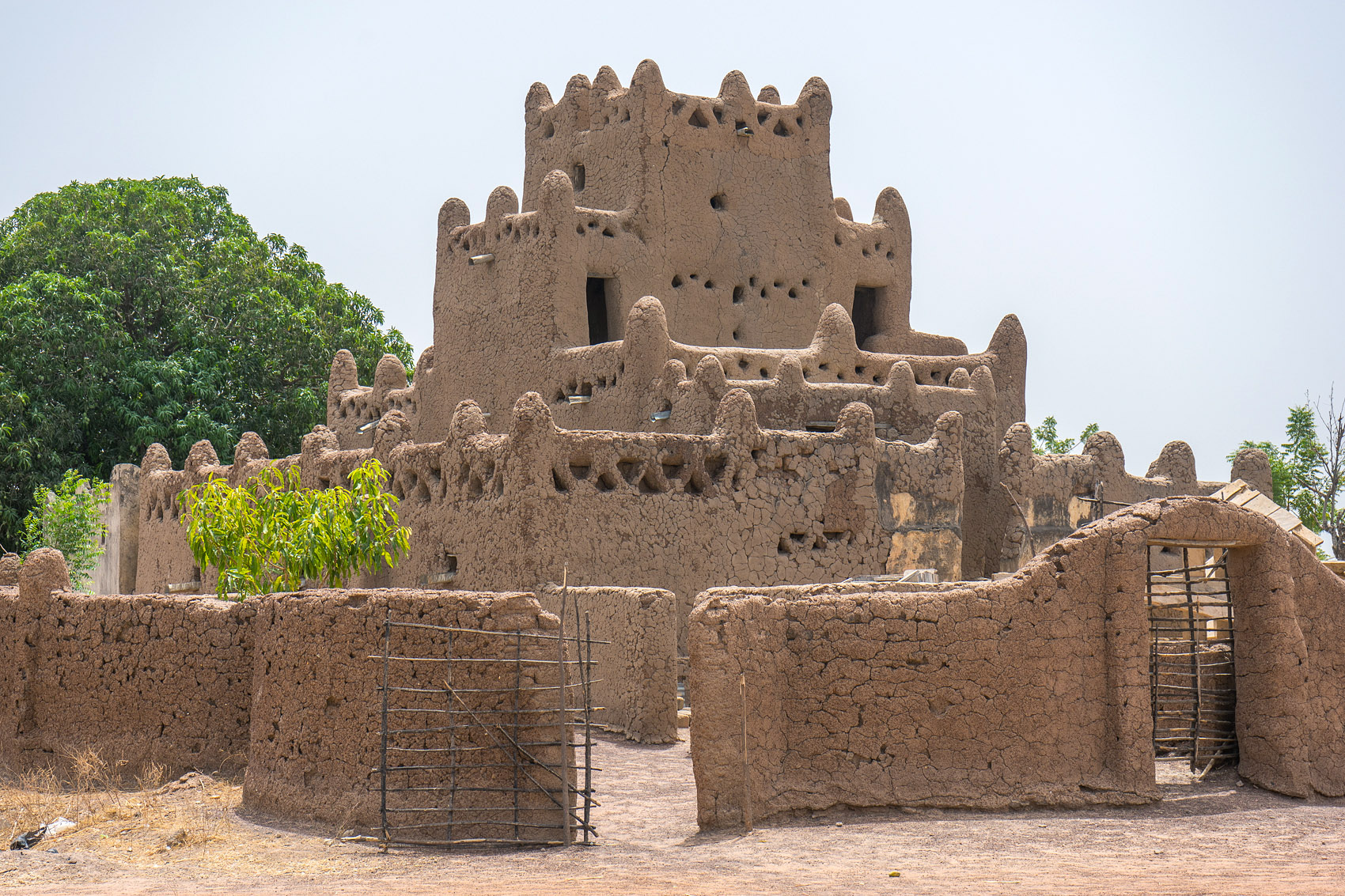
After hopping out of the trotro, we stopped for a lunch of Tuo Zaafi at a roadside stand, and then asked the 14-year-old girl who had served us about the location of Wulugu’s famous house. Rather than simply point out the way, she grabbed her brother and the two of them led us there directly. They also hunted down the son of the local imam, who was in charge of tours. In Accra, we had been impressed by the friendliness of the people, and were discovering that this hospitality is no different in the north.
Before beginning the tour, Mohammed first cleared up a lingering misconception we’d had. This is not a mosque, as we had thought, but a type of spiritual dwelling dreamed up by his direct ancestor, about a hundred years ago. This guy had migrated south from Burkina Faso, and settled down here, building this multistory house up from the earth. He was an imam, and a known healer, and eventually attracted followers who would found the town of Wulugu.
Although it’s not a mosque, the house was indeed constructed for the purpose of worship, and its interior is like a maze, with tiny rooms dedicated to different types of prayer, as well as areas for sleeping and eating. We followed Mohammed into the structure, and were amazed that it’s still standing after so many years — it’s clearly made of material that should disintegrate in the rain. Mohammed said that, while minor repairs have to be done after every yearly rainy season, it has never collapsed. And with wind blowing through the open windows, it was surprisingly cool in the midday heat.
One of the most remarkable aspects of the house was something we were best able to appreciate from the sky — through Jürgen’s drone. Around the mud house, there was a fence in a shape not quite rectangular. We might have never made the connection, but after Mohammed pointed out that the fence was in the shape of Ghana, it was impossible to miss.
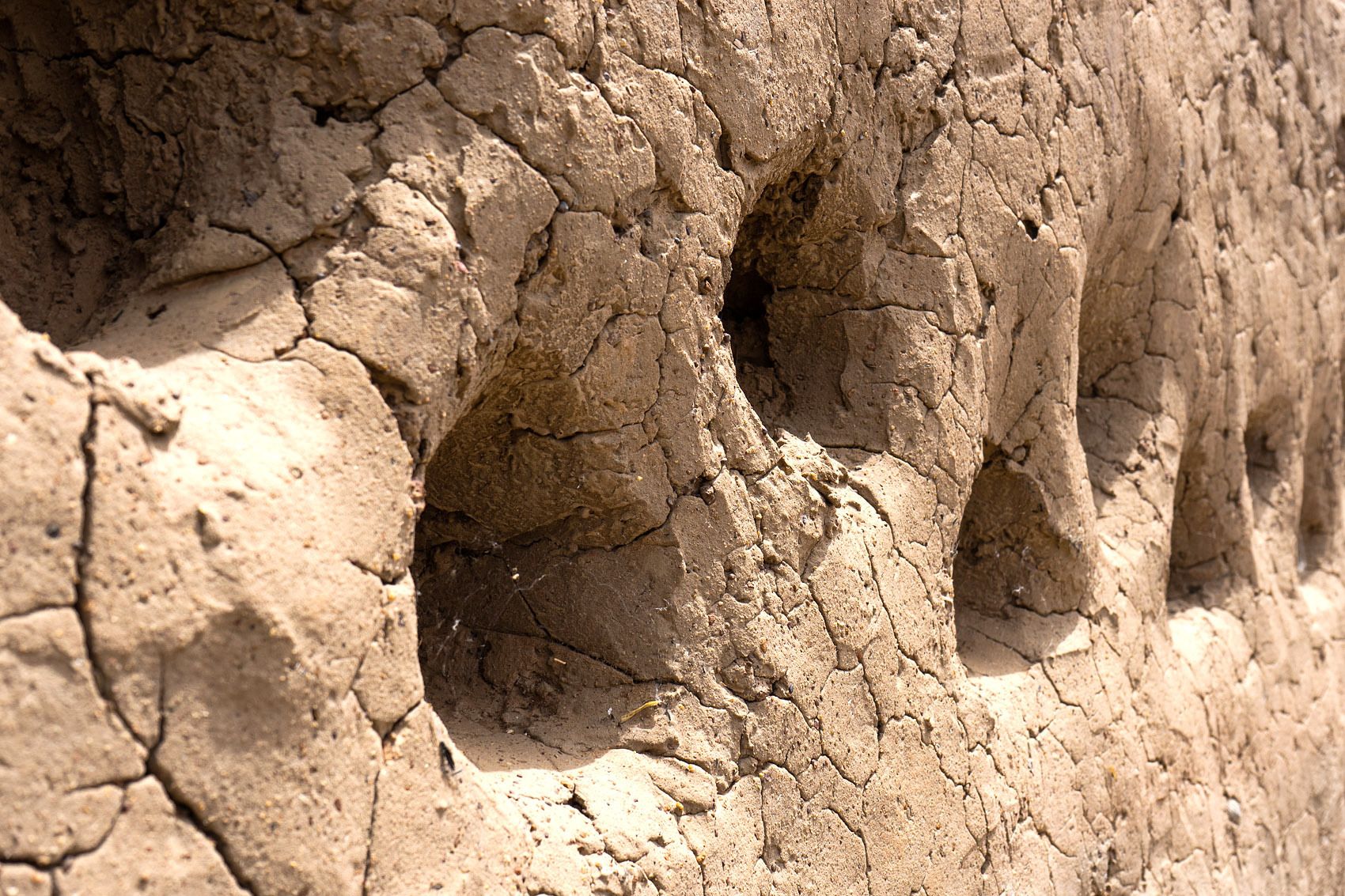
The house would have been amazing to explore on our own, but having the descendent of its creator lead us around added a lot to the experience. After crawling around the house, we sprawled out on a blanket under the shade of a mango tree, and learned a lot about the history of this area. Although it’s majority Muslim, there are a ton of Christians as well, and a significant number who follow more traditional faiths. And everyone gets along perfectly.
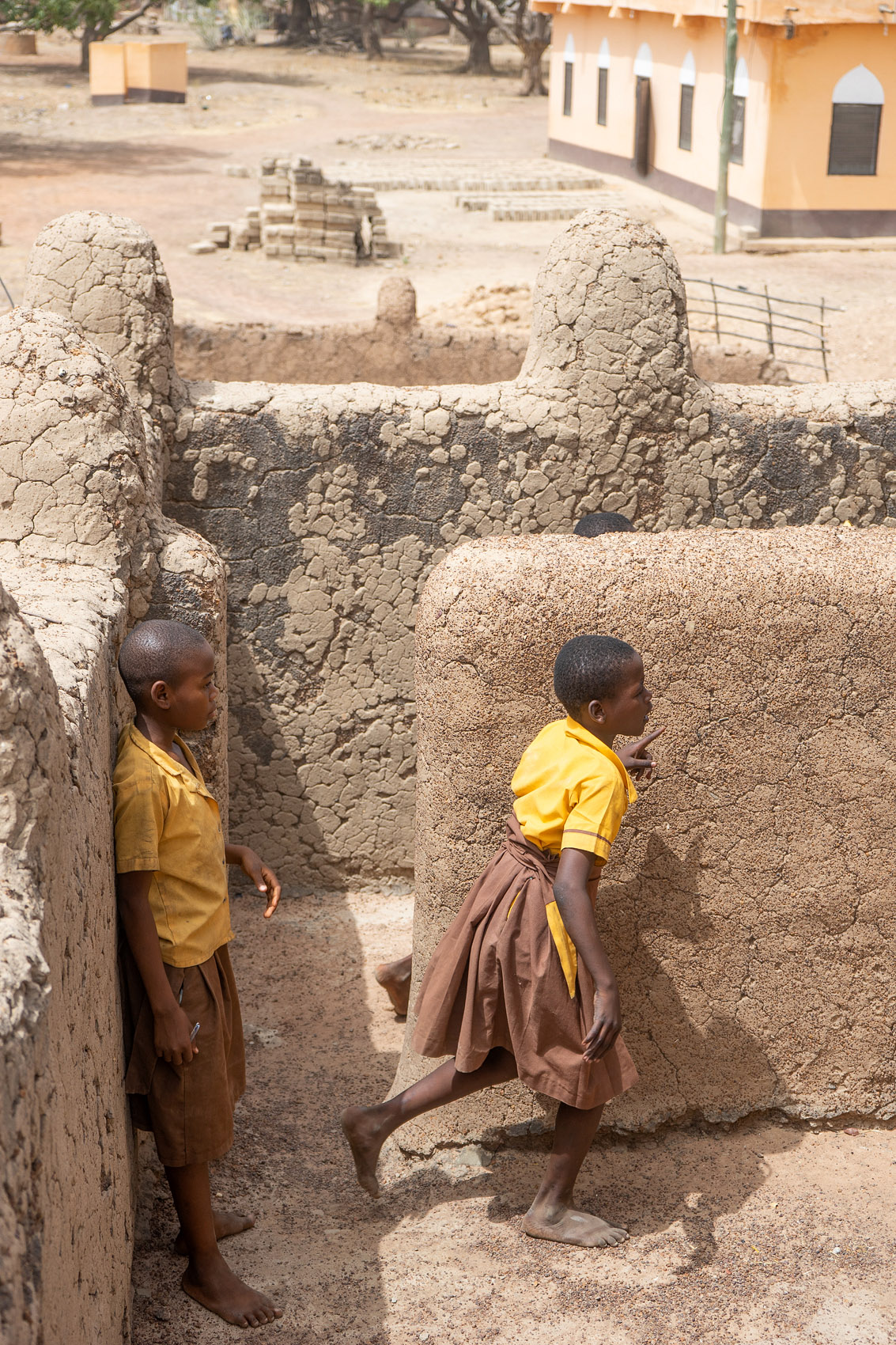
It was one of the Christians who picked us up after the tour had concluded — Isaac, the kid who had led us here with his sister. He had apparently been lurking around in the background, waiting for us to finish. We followed him back to his house, along the Tamale-Bolga road, where we sat and gulped down a few bags of pure water. He kept his eye out for the next bus to Bolga, and then flagged it down as it approached. As we motored away, we gave him a big wave… this was another unique experience in Ghana, made all the better by the almost unbelievable affability of the people.

